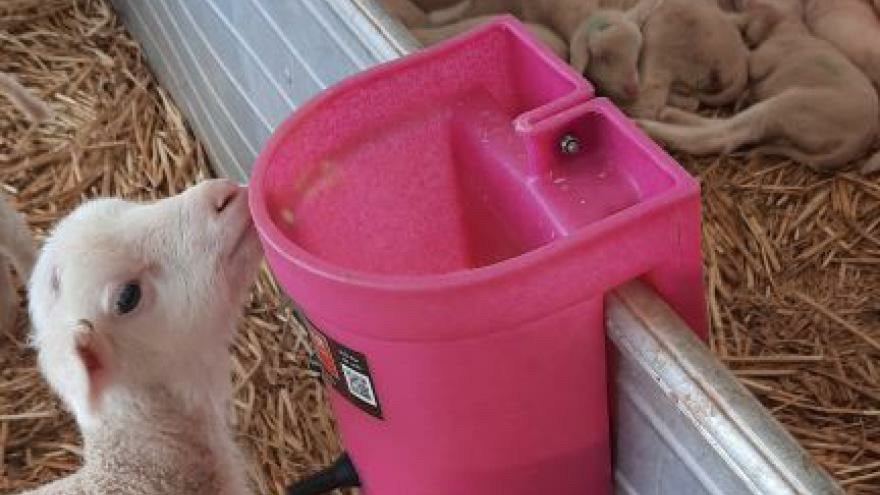
Fat sources in lamb milk replacers
Fat is an energy source for a lamb and a source of essential fatty acids, with both important components in the formation of cell membranes and bioactive lipids. But does fat determine milk replacer quality?
With evolving analytical methodologies, nutritionists are gaining a better understanding of the nutrient composition, digestibility and the suitability of raw materials, including milk and vegetable fats, for inclusion in lamb diets.
Those working with monogastric animals know that the degree of saturation of a fat, or the proportion of saturated to unsaturated fatty acids, determines the digestibility of a fat rather than the fat source itself.¹ So, the balance of fatty acids is more important than the source.
In ruminants, French researchers² showed that short-chain fatty acids, with eight or fewer carbons, were 100 percent digestible while medium-chain fatty acids and long-chain unsaturated fatty acids were 95 percent digestible. The balance of fatty acids in a fat source, therefore, determines digestibility - meaning tallow is 90 percent digestible, peanut oil 93 percent, palm oil 95 percent, coconut oil 96 percent and milk fat 98 percent.
Another factor influencing the digestibility of fat is the particle size and stability in the milk replacer solution.² Technologies which homogenise and encapsulate fat in a protein matrix improve fat digestibility and are only available to a few specialist milk replacer manufacturers.
What about butyrate? We know that the production of butyrate from starch fermentation in the developing rumen is an important energy source for rumen epithelial cells and for supporting rumen development.³ However, this short-chain fatty acid makes up less than three percent of the fatty acids found in ewe’s milk.⁴ Also, salts of this fatty acid are easily added into milk replacers containing vegetable fat.
The research outlined here is supported by practical experience. Locally and internationally, farmers successfully use milk replacers in which vegetable fat is the only fat source. In fact, milk replacers with milk fat, whilst common here, are not available in the USA or Europe.
So, in much the same way as a book cover only presents a glimpse of the story, the list of ingredients is far less important than the digestible nutrient profile of a milk replacer.
Sprayfo lamb milk replacers contain high-quality dairy proteins and vegetable fats which are uniquely processed to form micronised fat globules encapsulated with protein, optimising solubility and maximising digestibility of both protein and fat. Carefully blended with essential vitamins, minerals and feed additives to support gut health, Sprayfo is a good source of nutrition for young lambs.
To learn more about Sprayfo lamb milk replacer, visit your local PGG Wrightson store.
SUPPLIED BY AGRIVANTAGE
1 Wiseman, J, & Salvador, F. (1991). The Influence of free fatty acid content and degree of saturation on the apparent metabolizable energy value of fats fed to broilers. Poultry Science 70, 3: 573 – 582.
2 Toullec, R., Mathieu, C.-M., Bardy, J., Rigaud J., & Marpillat, C. (1969). Utilisation digestive des matières grasses et deleurs principaux acides gras par le veau prèruminant a l’engrais. Influence sur la composition corporelle. Annales de biologie animale, biochimie, biophysique 9, 2: 139-160.
3 O’Hara, E., Kelly, A., McCabe, M. S., Kenny, D. A., Guan, L., & Waters, S. M. (2018). Effect of a butyrate-fortified milk replacer on gastrointestinal microbiota and products of fermentation in artificially reared dairy calves at weaning. Scientific Reports 8: 14901 – 149012.
4 Markiewicz-Kęszyck, M., Czyżak-Runowska, G., Lipińska, P., & Wójtowsk, J. (2013). Fatty acid profile of milk – A review. Journal of Veterinary Research 57: 135-139.
